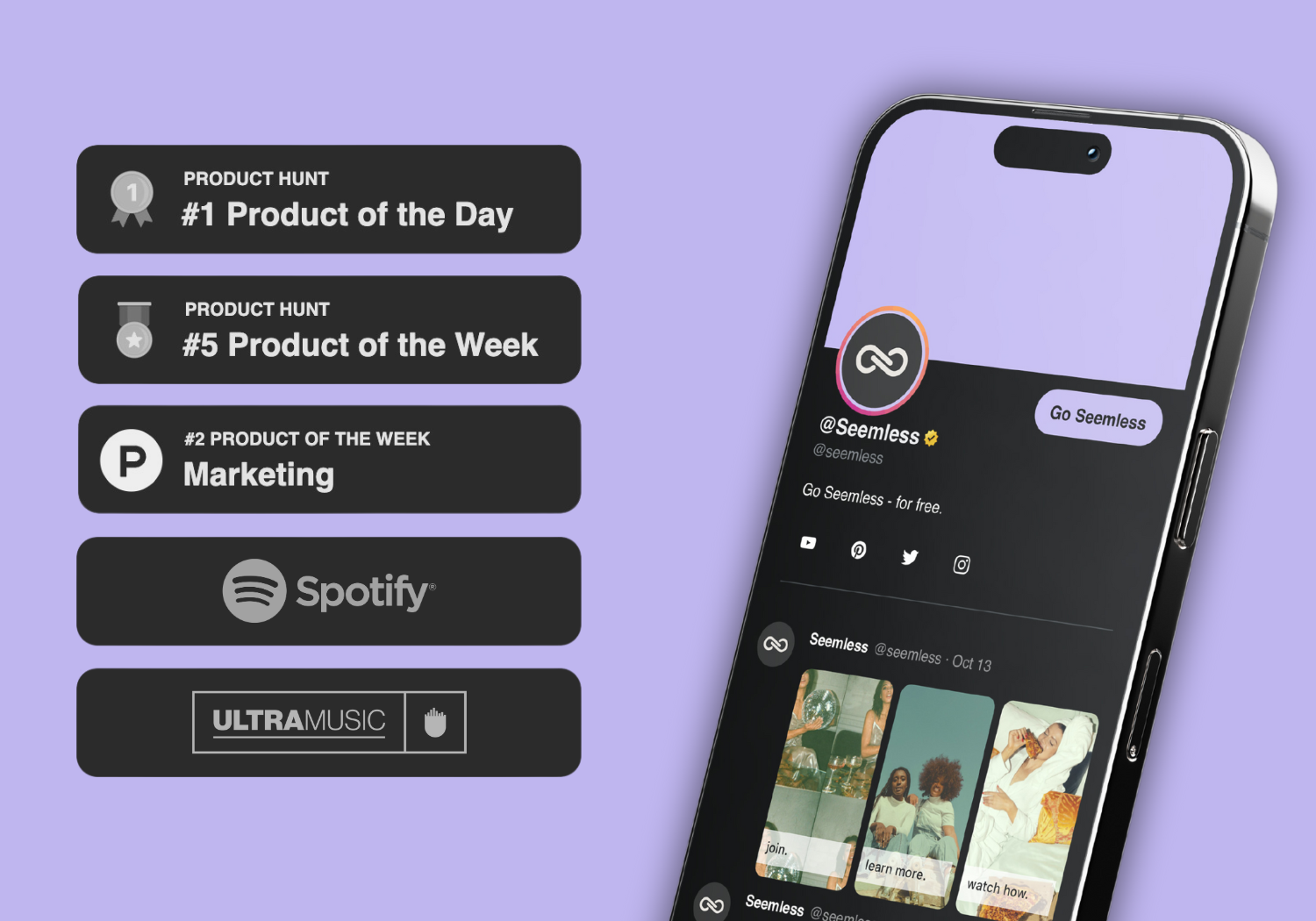Viral marketing has emerged as a powerful tool in the arsenal of modern advertising, leveraging the interconnectedness of digital platforms to spread messages at an unprecedented pace. This marketing strategy hinges on the idea that consumers will share content with their networks, creating a ripple effect that can lead to exponential growth in brand awareness and engagement. Unlike traditional marketing methods, which often rely on direct outreach and paid advertising, viral marketing capitalizes on the organic sharing behavior of individuals, making it a cost-effective approach for brands looking to maximize their reach.
The essence of viral marketing lies in its ability to create compelling content that resonates with audiences, prompting them to share it with their friends, family, and followers. The phenomenon of viral marketing is not merely a passing trend; it represents a fundamental shift in how brands communicate with consumers. In an age where attention spans are fleeting and information overload is commonplace, marketers must craft messages that are not only engaging but also easily shareable.
This requires a deep understanding of the target audience, as well as the cultural and social dynamics that influence sharing behavior. As brands navigate this complex landscape, they must also consider the ethical implications of their campaigns, ensuring that their messages are authentic and align with the values of their audience. Ultimately, viral marketing is about creating a connection that transcends traditional advertising, fostering a sense of community and shared experience among consumers.
The Role of Viral Marketing in Innovation Diffusion
The Power of Viral Marketing in Innovation Diffusion
Viral marketing plays a crucial role in the diffusion of innovation, acting as a catalyst that accelerates the adoption of new ideas, products, or services. When a brand successfully creates a viral campaign, it not only captures the attention of early adopters but also encourages them to share their experiences with others, thereby facilitating the spread of innovation across broader demographics. This process is particularly significant in today’s fast-paced digital environment, where consumers are constantly seeking out the latest trends and innovations.
Positioning Brands as Industry Leaders
By harnessing the power of social networks, brands can effectively position themselves as leaders in their respective industries, driving the adoption of new products and services through word-of-mouth recommendations. Moreover, viral marketing can significantly reduce the time it takes for innovations to reach mainstream acceptance. Traditional models of innovation diffusion often rely on lengthy marketing cycles and extensive promotional efforts to build awareness and credibility.
Accelerating Innovation Adoption
In contrast, viral campaigns can generate buzz almost instantaneously, allowing brands to bypass conventional barriers to entry. This rapid dissemination not only benefits the brand but also enriches the consumer experience by providing access to cutting-edge products and services. As consumers increasingly turn to their social circles for recommendations, the role of viral marketing in shaping perceptions and driving adoption becomes even more pronounced, highlighting its importance in the broader context of innovation diffusion.
Examples of Successful Viral Marketing Campaigns

Several notable examples illustrate the effectiveness of viral marketing campaigns in capturing consumer attention and driving engagement. One such campaign is the “Ice Bucket Challenge,” which took social media by storm in 2014. Originally designed to raise awareness for amyotrophic lateral sclerosis (ALS), this campaign encouraged participants to dump a bucket of ice water over their heads and challenge others to do the same while donating to ALS research.
The simplicity and humor of the challenge made it highly shareable, resulting in millions of participants worldwide and raising over $115 million for ALS research. This campaign not only demonstrated the power of viral marketing in promoting a cause but also highlighted how social media can mobilize communities around shared goals. Another exemplary case is Dove’s “Real Beauty” campaign, which sought to challenge conventional beauty standards by featuring women of diverse shapes, sizes, and backgrounds.
Launched in 2004, this campaign resonated deeply with audiences and sparked conversations about self-esteem and body image. By encouraging women to embrace their natural beauty and share their stories, Dove created a movement that transcended traditional advertising. The campaign’s success was amplified by user-generated content, as individuals began sharing their own interpretations of “real beauty” across social media platforms.
This not only reinforced Dove’s brand message but also fostered a sense of community among participants, illustrating how viral marketing can create lasting emotional connections between brands and consumers.
The Impact of Viral Marketing on Consumer Behavior
The impact of viral marketing on consumer behavior is profound, reshaping how individuals interact with brands and make purchasing decisions. In an era where consumers are inundated with advertisements at every turn, viral marketing offers a refreshing alternative by prioritizing authenticity and relatability. When consumers encounter content that resonates with them—whether through humor, emotion, or shared values—they are more likely to engage with it and share it within their networks.
This organic sharing not only amplifies the reach of the message but also enhances its credibility; recommendations from friends or family members carry more weight than traditional advertising claims. As a result, brands that successfully leverage viral marketing can cultivate a loyal customer base that feels personally connected to their message. Furthermore, viral marketing has transformed the way consumers perceive brand loyalty and engagement.
In today’s digital landscape, consumers are no longer passive recipients of marketing messages; they actively participate in shaping brand narratives through sharing and commenting on content. This shift has led to a more dynamic relationship between brands and consumers, where feedback is instantaneous and public. Brands that embrace this new reality can benefit from real-time insights into consumer preferences and behaviors, allowing them to adapt their strategies accordingly.
However, this also means that brands must be vigilant in maintaining their reputation; a single misstep can quickly go viral for all the wrong reasons. Thus, understanding consumer behavior in the context of viral marketing is essential for brands seeking to navigate this complex terrain successfully.
The Importance of Social Media in Viral Marketing
Social media platforms serve as the backbone of viral marketing campaigns, providing an ideal environment for content to be shared rapidly among users. With billions of active users across various platforms such as Facebook, Twitter, Instagram, and TikTok, these networks facilitate instantaneous communication and connection among individuals. The inherent design of social media encourages sharing; users are motivated to disseminate content that resonates with them or elicits strong emotions—be it laughter, surprise, or inspiration.
As such, brands must strategically craft their messages to align with the unique characteristics of each platform while also tapping into trending topics or cultural moments that capture public interest. Moreover, social media allows for targeted outreach that traditional advertising methods cannot match. Brands can analyze user data to identify specific demographics or interests, tailoring their campaigns to reach those most likely to engage with their content.
This level of precision not only enhances the effectiveness of viral marketing efforts but also fosters a sense of community among users who share similar interests or values. Additionally, social media influencers play a pivotal role in amplifying viral campaigns; their established credibility and large followings can significantly boost a brand’s visibility. By collaborating with influencers who align with their brand ethos, companies can tap into new audiences and enhance their chances of creating content that resonates widely.
Strategies for Creating Viral Marketing Campaigns

Understanding the Key to Viral Marketing
Creating a successful viral marketing campaign requires a blend of creativity, strategic planning, and an understanding of audience dynamics. One effective strategy is to focus on storytelling; narratives that evoke strong emotions or highlight relatable experiences tend to resonate more deeply with audiences. By crafting compelling stories that align with the brand’s values and mission, marketers can create content that encourages sharing and engagement.
Elements of Shareable Content
Additionally, incorporating elements of humor or surprise can enhance shareability; people are more likely to share content that entertains or astonishes them. This approach can be particularly effective in capturing the audience’s attention and encouraging them to share the content with others.
Leveraging User-Generated Content
Another critical strategy involves leveraging user-generated content (UGC) as part of the campaign. Encouraging consumers to create and share their own content related to the brand not only fosters community engagement but also amplifies authenticity—a key factor in successful viral marketing. Brands can incentivize UGC through contests or challenges that encourage participation while simultaneously promoting brand awareness.
Timing and Cultural Relevance
Furthermore, monitoring trends and cultural moments can provide valuable insights into what resonates with audiences at any given time; timely campaigns that tap into current events or popular culture are more likely to gain traction and go viral. By staying attuned to the cultural landscape, marketers can increase the chances of their campaign going viral and achieving widespread success.
The Future of Viral Marketing and Innovation Diffusion
As technology continues to evolve at a rapid pace, the future of viral marketing promises to be both exciting and challenging for brands seeking to engage consumers effectively. Emerging technologies such as artificial intelligence (AI) and augmented reality (AR) are poised to revolutionize how brands create and distribute content. AI-driven analytics can provide deeper insights into consumer behavior patterns, enabling marketers to craft highly personalized campaigns that resonate on an individual level.
Meanwhile, AR offers immersive experiences that can captivate audiences in ways traditional media cannot; interactive content has the potential to enhance engagement and encourage sharing among users. Moreover, as consumer expectations evolve alongside technological advancements, brands must remain agile in adapting their strategies to meet these changing demands. The rise of privacy concerns and data regulations may impact how brands collect and utilize consumer data for targeted marketing efforts.
Consequently, building trust through transparency will become increasingly important for brands aiming to foster long-term relationships with consumers. Ultimately, the future of viral marketing will hinge on balancing innovation with authenticity—creating compelling content that resonates deeply while respecting consumer privacy and preferences will be key to navigating this dynamic landscape successfully. As brands continue to explore new avenues for engagement, the interplay between viral marketing and innovation diffusion will undoubtedly shape the future of consumer-brand relationships for years to come.
FAQs
What is viral marketing?
Viral marketing is a marketing strategy that relies on individuals to spread a marketing message to others, creating exponential growth in the message’s visibility and effect.
How does viral marketing influence innovation diffusion?
Viral marketing can significantly impact the diffusion of innovation by rapidly spreading awareness and adoption of new products or ideas through social networks and online platforms.
What are some examples of viral marketing campaigns that have influenced innovation diffusion?
Examples of viral marketing campaigns that have influenced innovation diffusion include the launch of the iPhone, the ALS Ice Bucket Challenge, and the “Share a Coke” campaign by Coca-Cola.
What are the benefits of using viral marketing for innovation diffusion?
The benefits of using viral marketing for innovation diffusion include rapid and widespread adoption, increased brand visibility, and the potential for lower marketing costs compared to traditional methods.
What are some challenges of using viral marketing for innovation diffusion?
Challenges of using viral marketing for innovation diffusion include the unpredictable nature of virality, the potential for negative backlash, and the difficulty in sustaining long-term impact.

